この記事は2023年10月に書かれたこちらの記事のアップデートです。
J-STORIES ー 大きな可能性を持つ宇宙ビジネスの開発競争が激化する中、宇宙空間には役割を終えて漂うロケットなどのスペースデブリ(宇宙ゴミ)が急増している。放置すれば、衛星同士の衝突や大気圏突入時の環境汚染を深刻化させかねない。
将来の開発の足かせとなるスペースデブリに取り組むため、日本が進めている解決策のひとつが「木造」の人工衛星だ。
世界初となるこのプロジェクトはいま、約4年かけて開発した木造人工衛星が完成し、NASAやJAXAの安全審査も終えて、宇宙空間への打ち上げに向けて最終段階に入っている。
.jpg)
完成した木造人工衛星は1辺が100mm角のキューブサットと呼ばれる超小型の衛星で、今年5月末に完成、6月にJAXAに引き渡された。その後、NASAやJAXAによる数々の厳しい安全審査を無事通過し、世界で初めて宇宙での木材活用が公式に認められた。
人工衛星はスペースX社のファルコン9ロケットに搭載され、米国フロリダ州のケネディ宇宙センターから今月末にも宇宙空間に打ち上げられる予定だ(元々、9月に予定の打ち上げだったが、ISSにドッキングしていた宇宙船に不具合が見つかるなどのトラブルにより、10月に延期となっている。)
打ち上げ後は、ISS(国際宇宙ステーション)に移送し、到着から一ヶ月後に「きぼう」日本実験棟より宇宙空間に放出される。ISSから放出後は木造構体のひずみ、内部温度分布、地磁気、ソフトエラーを測定し、京都大学構内に設置された通信局にデータを送信する計画だ。こうして送られたデータは、分析され、人工衛星のアップデートや、木材の劣化抑制技術への開発などに生かしていくことが期待されている。

スペースデブリを処分するには、大気圏に再突入させて燃焼させる必要がある。しかし、これまでの人工衛星はアルミや鉄で作られているため、大気圏で金属が燃え残り、環境汚染や異常気象を引き起こす危険性も指摘されている。木造であれば、こうしたリスクは大幅に軽減できる。
さらに、木材には電磁波を通す性質があり、通常の衛星では外に据え付けるアンテナを内部に収納できる。衛星の構造が単純になり、故障リスクの低減にもつながる。また宇宙空間では水分や酸素、バクテリアが存在しないので、燃えたり、腐ることもない。
しかし、国際宇宙ステーションの表面の温度は、太陽の光が当たっていると摂氏100℃以上、当たっていないとマイナス100℃以下になってしまうという激しい温度変化があり、強力な宇宙線や紫外線も飛び交う。そうした極限の環境下で木材が衛星の安全を確保できるかどうかがプロジェクトの大きなカギとなっていた。
プロジェクトリーダーの1人で、京都大学院農学研究科で木材研究を専門とする村田功二教授らは、変形しにくく、加工しやすい木材の中から、ホオノキ、ヤマザクラ、ダケカンバを選び、2022年3月から10カ月間、国際宇宙ステーション・「きぼう」の船外プラットフォームで宇宙暴露試験を行った。

.jpg)
その結果、予想に反し、どの木材にも割れ、反り、剥がれなど見た目の劣化が全く見られず、木材の優れた耐久性を確認できたという。実際に衛星に使う木材について、村田教授は「地上で実施した各種試験の結果も踏まえて検討した結果、木造人工衛星にはホオノキを使用することに決定した」と話している。
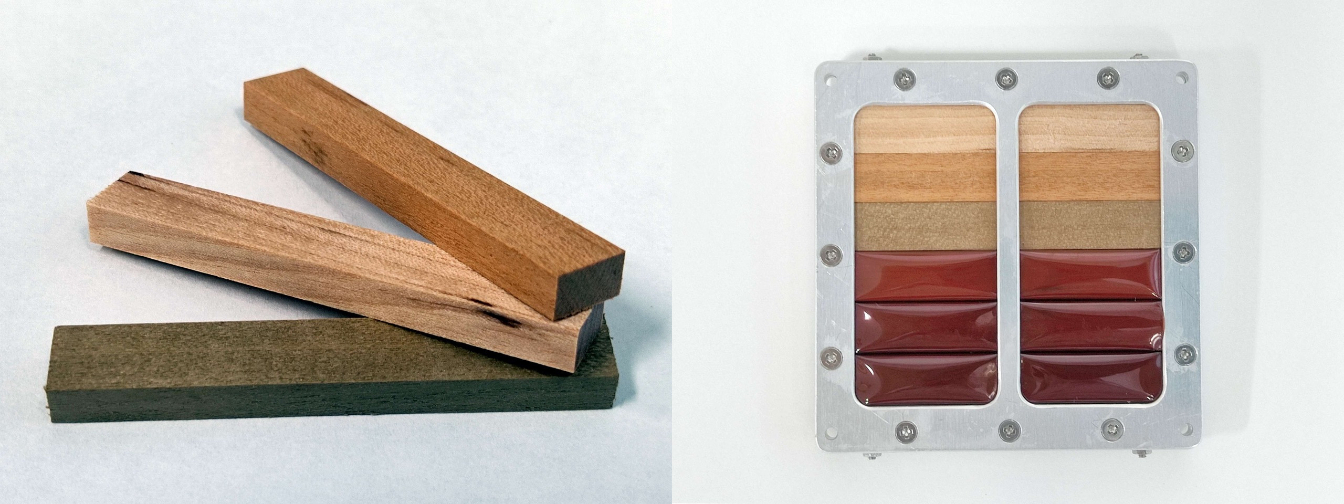
木造衛星の製作にも、ユニークなアイデアが取り入れられた。接着剤や釘などの留め具を使わないで木造品を組み立てる日本の伝統的な指物(さしもの)工法だ。釘や接着剤の使用は、宇宙空間の環境下で木材の破損を引き起こす要因にもなりかねない。
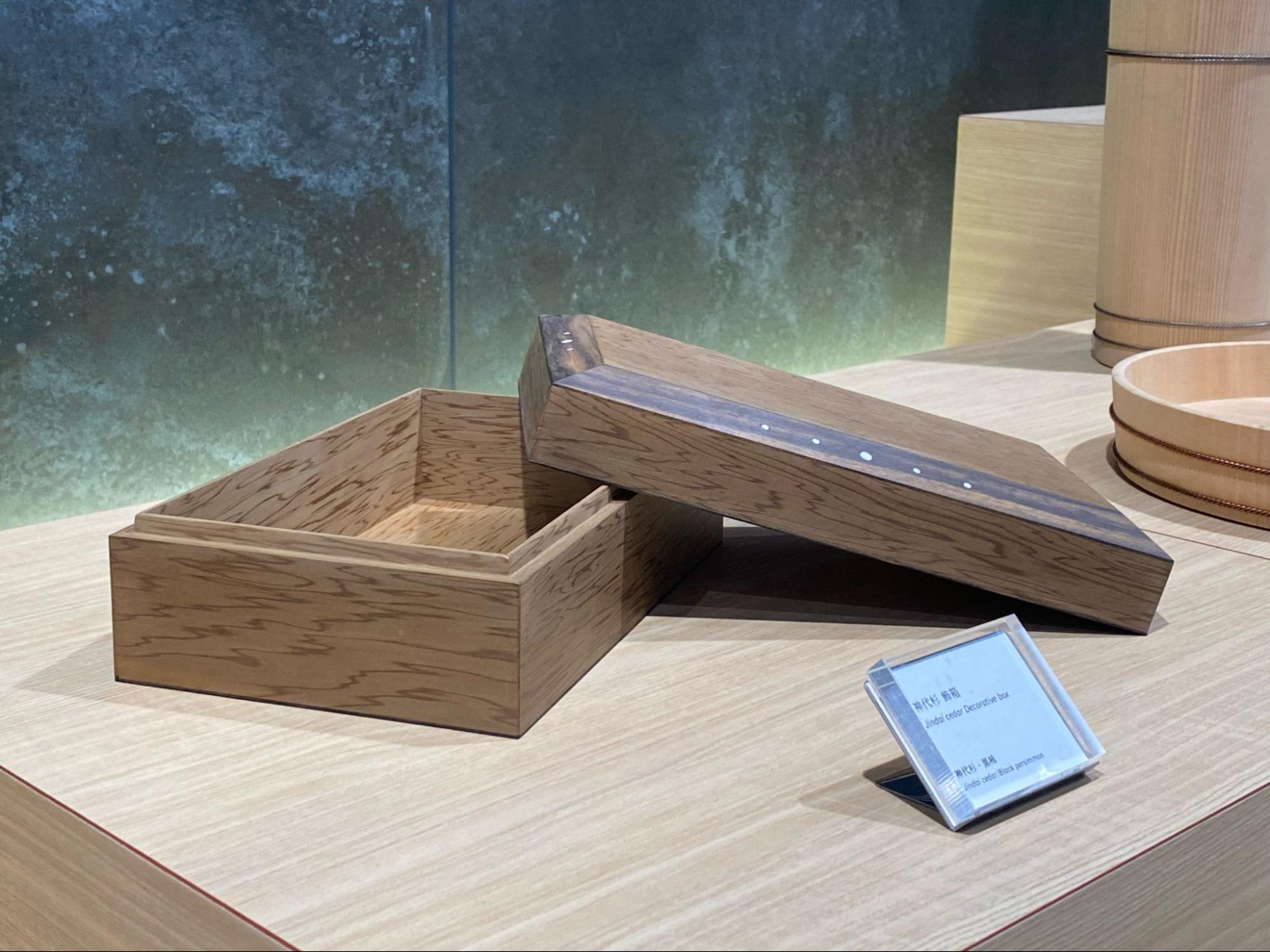
この技術を提供しているのは、桐ダンスなどに使われる「留形隠し蟻組接ぎ」について国内有数の技術を持ち、国宝など多くの文化財の修復を行ってきた黒田工房(滋賀県大津市、臼井浩明代表)。プロジェクトでは、誤差0.01ミリメートルの精度で、部材一つ一つを組み合わせ、留め具を使わない木造衛星を実現させた。
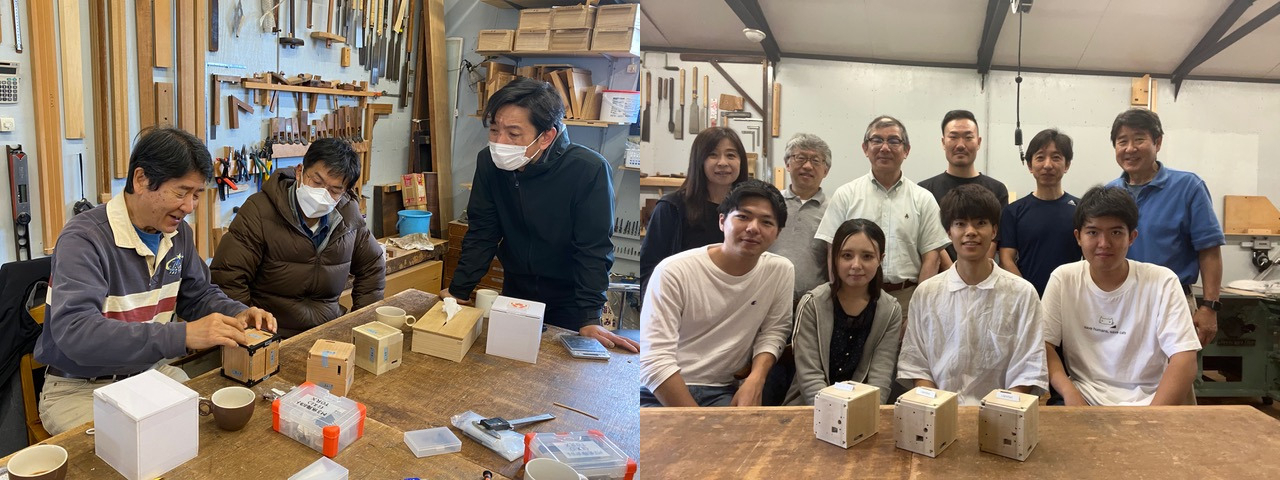
今回の試験衛星は木箱に電子回路などを固定する部品などに少量のアルミを必要とするが、プロジェクトを主導する1人である同大学院農学研究科仲村匡司教授は、将来的には完全な木造人工衛星も可能だと言う。今回打ち上げる衛星では、京都市の共創テクノ集団(中京区)がアルミパーツを供給する。
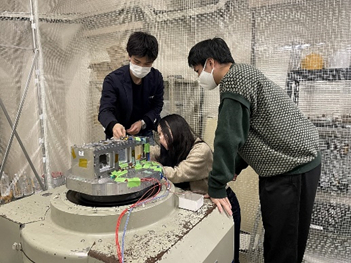
内閣府によると2022年に軌道上に打ち上げられた人工衛星等の機数は世界全体で2,368機と過去最大になった。この10年間で11倍という急増ぶりで、スペースデブリへの対策も一段と緊急性を増しているといえる。
村田教授は「今回の木造人工衛星の打ち上げを経て、宇宙で木材が使えることが立証されると、地球上での木材の見方も変わり、新たな使い方が生まれたり、見直されたりするきっかけになるはず」と期待する。
同時に「将来的には、すべてが木材や木材に代わる有機物に置き換わっていくことになるだろう。宇宙での木材の地産地消も夢ではなく、新たな産業が確立されるかもしれない」(仲村教授)と話している。
アップデート:一色崇典
記事:大平誉子 編集:北松克朗
トップ写真:京都大学・住友林業提供
この記事に関するお問い合わせは、jstories@pacificbridge.jp にお寄せください。
***
本記事の英語版は、こちらからご覧になれます
.jpg)
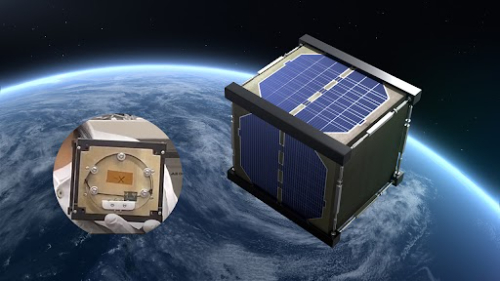



_bigthumbnail.jpeg)





![[PODCAST] 外国人創業者が変える日本のスタートアップの形 (Part 7)](https://storage.googleapis.com/jstories-cms.appspot.com/images/1763538829673unnamed_bigthumbnail.jpg)
![[PODCAST] 外国人創業者が変える日本のスタートアップの形 (Part 6)](https://storage.googleapis.com/jstories-cms.appspot.com/images/1763000777388unnamed_bigthumbnail.jpg)




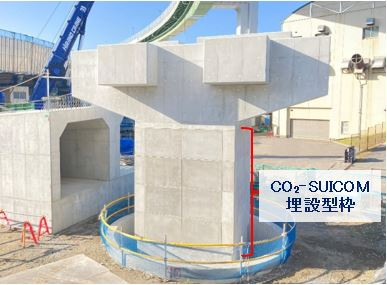


![[PODCAST] 如何打造成功的新創企業社群(第2集)](https://storage.googleapis.com/jstories-cms.appspot.com/images/1748493203370business-man-holding-light-bulb-social-network-2024-10-31-22-37-36-utc_smallthumbnail.jpg)


